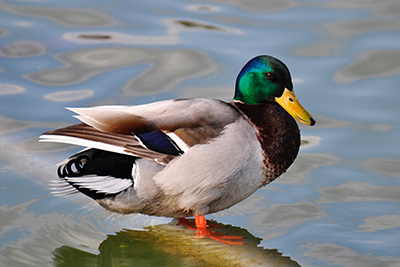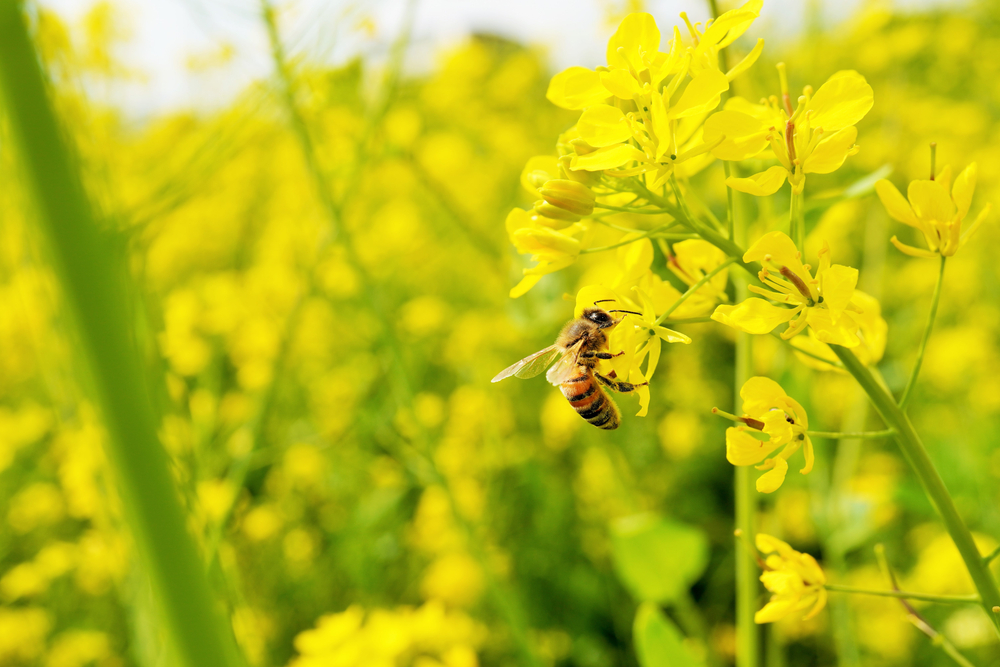

Spring is arguably the most exciting season of the year. The busy season sees nature start to awaken after a long winter slumber. As trees begin to grow leaves, plants start to flower and animals such as chicks and lambs are born.
Spring is also one of the busiest times for breeding, so finding a mate is the number one goal for wildlife at this time of year. Read on as we take a look at some of the spring animals and birds to look out for this spring…
Bumblebees
The all-important bumblebees start to emerge in March as we begin to welcome warmer weather. Queen bees start to come out from their underground nests and begin the search for fresh pollen and nectar, to regain strength after their fat stores have been depleted. The Queen bee will then start the hunt to find a suitable nesting site such as ground holes, bird boxes and tussocky grass.
You can find bees in hedgerows and gardens. Why not introduce a wildflower bed into your garden to attract insects and create a spring haven?
Hedgehogs
After a long hibernation, male hedgehogs will usually emerge first out of their winter nesting sites and they will be looking for the perfect mate to start breeding.
During hibernation, hedgehogs live almost entirely off fat reserves, meaning they regularly have to forage for up to two miles a night in search of food during spring. That’s why it’s important to regularly leave out fresh water and hedgehog food to help our spiky friends replenish their fat stores. Why not leave a bowl of WildThings Hedgehogs Food out in a quiet corner of your garden each evening? You will soon have regular hedgehog visitors if you do.
Hedgehogs are nocturnal, so look out for them during the evening in your garden; especially in piles of leaves or logs.
Try to keep your garden hedgehog friendly during this time, making sure you leave piles of leaves or log piles for them to make their nests. You can also make a hedgehog highway for them to be able to pass through your garden on their night-time forages.
Swallows
An icon of British springtime, swallows start to arrive back into the country in March after their epic 10,000km flight from the southern tip of Africa, across the savannah and Sahara desert.
Swallows will start to gather nest material shortly after their arrival and will begin building their nests in a variety of locations, from caves to the eaves of buildings.
Probably one of the easier animals to spot swallows can most likely be found in your neighbourhood. You can lend a hand to the weary travellers by planting insect-friendly flowers in your garden.
Badger cubs
Female badgers or ‘sows’ typically give birth to their cubs in February. The next six weeks are spent growing in the safety of their sett. In mid-March, they begin to emerge, gradually exploring tunnels and chambers (badgers live in a system of interconnected tunnels and chambers called a sett) as they gain confidence.
As we reach mid-to-late April, badger cubs make their first visits to the outside world, closely protected by their mother. You will see them at night in open grasslands and they most likely will be playing boisterously with their brothers and sisters. If you are lucky enough to have badgers in your area, why not leave out some WildThings Badger and Fox food to help them grow stronger?
Common toad
Spring is one of the best times to spot a toad. Although they typically stay in water during the spring breeding season (where they will go to lay their eggs) both frogs and toads tend to travel at night to spawn. These late-night trips can make for hazardous journeys across roads and towns.
Look out for jelly-like frog spawn in local ponds and ditches; often, several clusters merge to form a mass. You can start looking out for them as early as February, as toads are breeding earlier each year like many other animals.
What animals have you spotted so far this spring? Head over to our social channels to tell us more or even better, share your pictures!



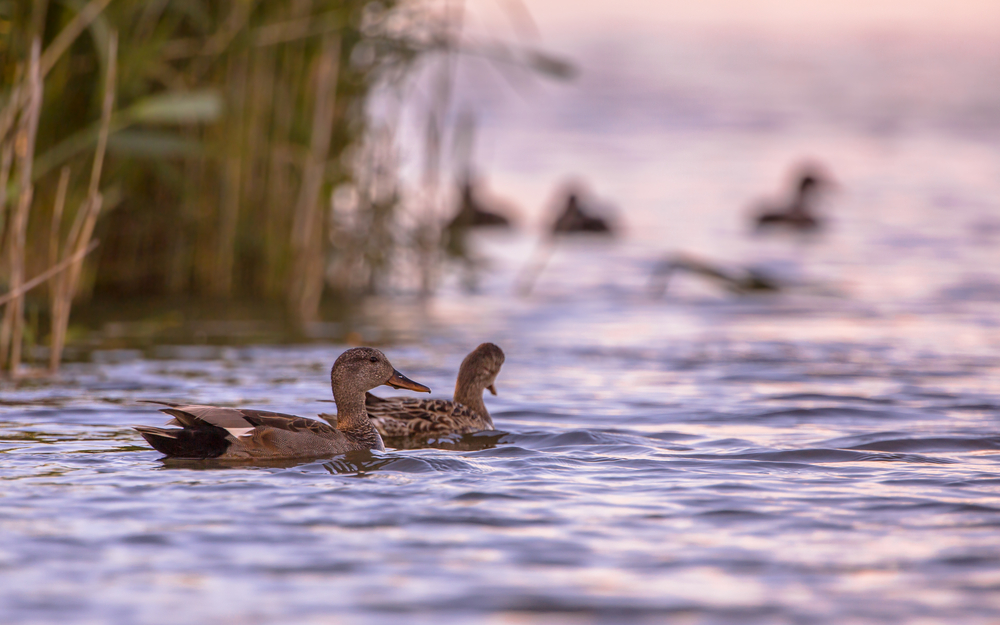
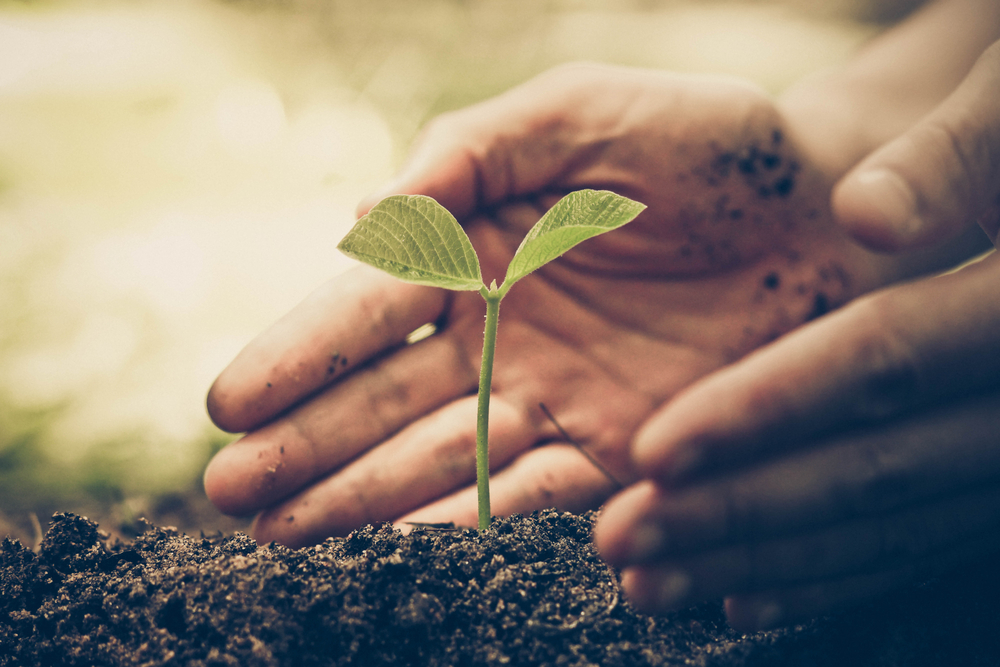
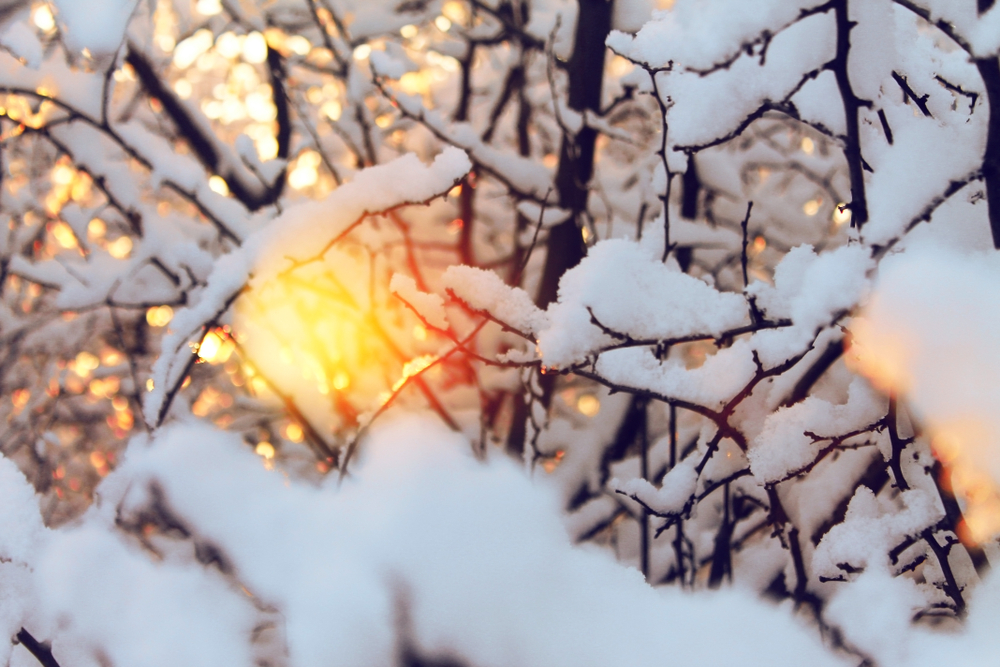


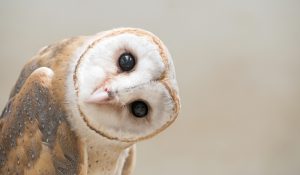

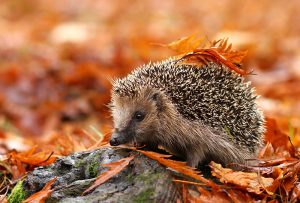 If there’s one thing that’s for sure; there’s nothing cuter than a teeny, tiny hedgehog. These enchanting creatures have it all; they’re totally adorable, a bit mysterious in their ways and a great garden visitor to have. We’re willing to bet there’s a few things you don’t know about these prickly little critters. Read on for the top 10 things you didn’t know about hedgehogs:
If there’s one thing that’s for sure; there’s nothing cuter than a teeny, tiny hedgehog. These enchanting creatures have it all; they’re totally adorable, a bit mysterious in their ways and a great garden visitor to have. We’re willing to bet there’s a few things you don’t know about these prickly little critters. Read on for the top 10 things you didn’t know about hedgehogs: